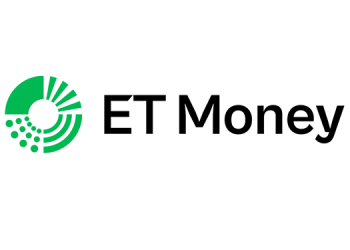
Beauty marketer L’Oreal Paris is incorporating in-image advertising platform GumGum’s photo recognition technology to target consumers through digital advertisements.
L’Oreal is adopting GumGum’s image recognition technology to pick up on the hair colors of consumers in photos to promote its Ombre hair color campaign. L’Oreal is attempting this digital marketing strategy to personalize advertisements based on the consumer and her specific hair color.
“Images are visceral, emotional and everywhere, driving more page views than any other piece of content,” said Ophir Tanz, CEO of GumGum, Los Angeles.
“They are typically the best real estate on a page and, according to virtually every eye tracking study, attract more attention than any other piece of content Web page,” he added.
L’oreal paris was unable to comment before press deadline.
Interestingly GumGum’s image experts created a process that detects the hair color of people in photos among the editorial content of its partners, such as Parade and Hollywood.com. In turn, a corresponding ad will be delivered directly to the consumer. For example, if dark hair is detected, then the technology may deliver an ad for dark hair-coloring products.
An in-image “Slider” unit enables all of Ombre’s color products to be included when ads appear over photos unrelated to hair. Instead of a single product being shown, the Slider tool places a number of personalized products in front of consumers and they are able to slide through the list of products, according to Mr. Tanz.
The experience is the same across mobile and desktop.
The Ombre campaign targets women ages 18-40 that browse fashion, beauty and lifestyle sources for inspiration.
By providing personalized suggestions, consumers are more likely to recognize and respond to this type of advertising, which may push them to try, in this case, the L’Oreal product.
Mobile Marketer columnist Joaquin Ruiz emphasized the importance of personalized advertising.
No one likes being bombarded with email, tweets or notifications of irrelevant material,” Mr. Ruiz said.
Use data collected on loyal customers to your and their advantage: create cohorts and sub-brand communities and use data from social channels.”
EBay and Amazon have been experimenting with differing levels of personalization for years, initially starting with product recommendations and slowly moving toward collections and theme recommendations.
Others such as Target and Walmart are getting much better at predictive buying patterns and are able to push suggestions and offers with uncannily good timing.
Personalization has proven to be successful within sports, also.
In a reflection of the growing role that mobile engagements play on game day, sports fans can soon engage with interactive screens in venues for more than 80 major league sports teams using their mobile phones to access exclusive content, promotions and giveaways.
Attendees will be able to upload content from Twitter, Facebook and Instagram to the screens as well as interact with the display using NFC, QR codes, SMS and geofencing. The in-stadium mobile engagements are being enabled through a partnership between Access Sports Media, which operates more than 20,000 in-venue digital displays in sports venues for MLB, NFL, NBA and NHL teams and mobile marketing platform Blue Bite.
Personalization is a necessary strategy within advertising, as well as placement and drawing the consumer’s eye directly toward the content.
Ads along the perimeter of a screen are easy to miss, but placing ads in-line with content like photos, where consumers’ attention is focused, has a greater chance of achieving the brand metrics marketers value most,” Mr. Tanz said.
Sources www.mobilemarketer.com

















